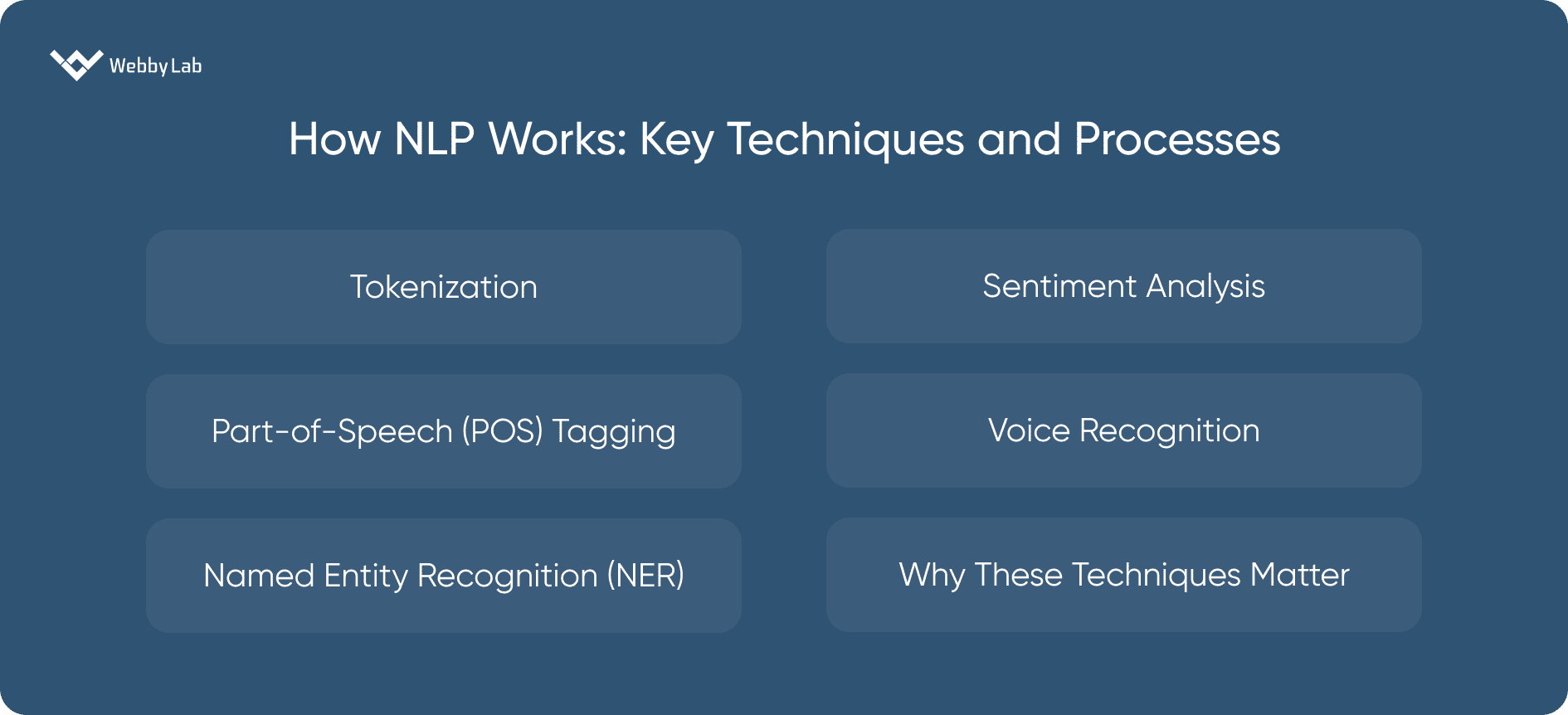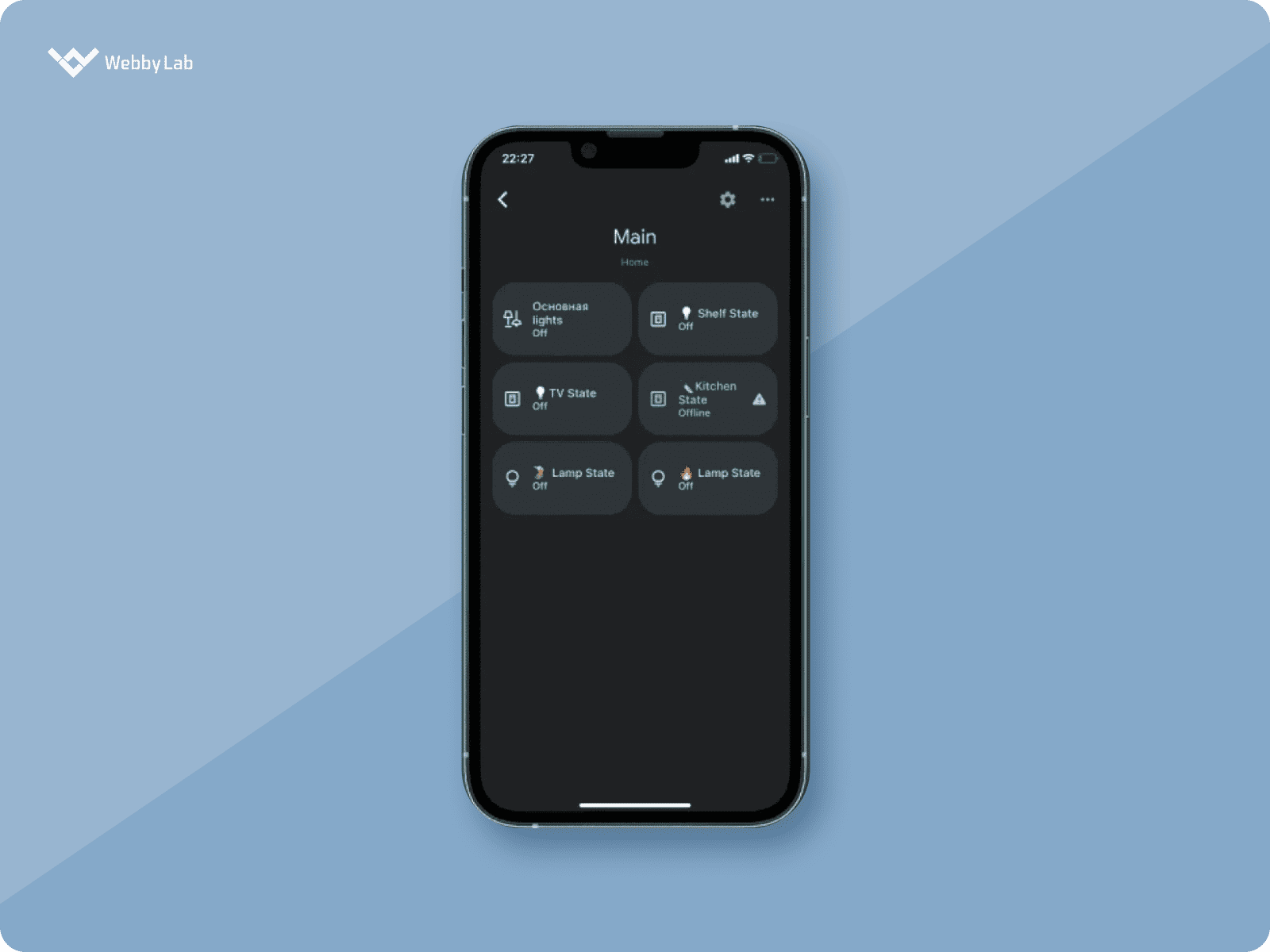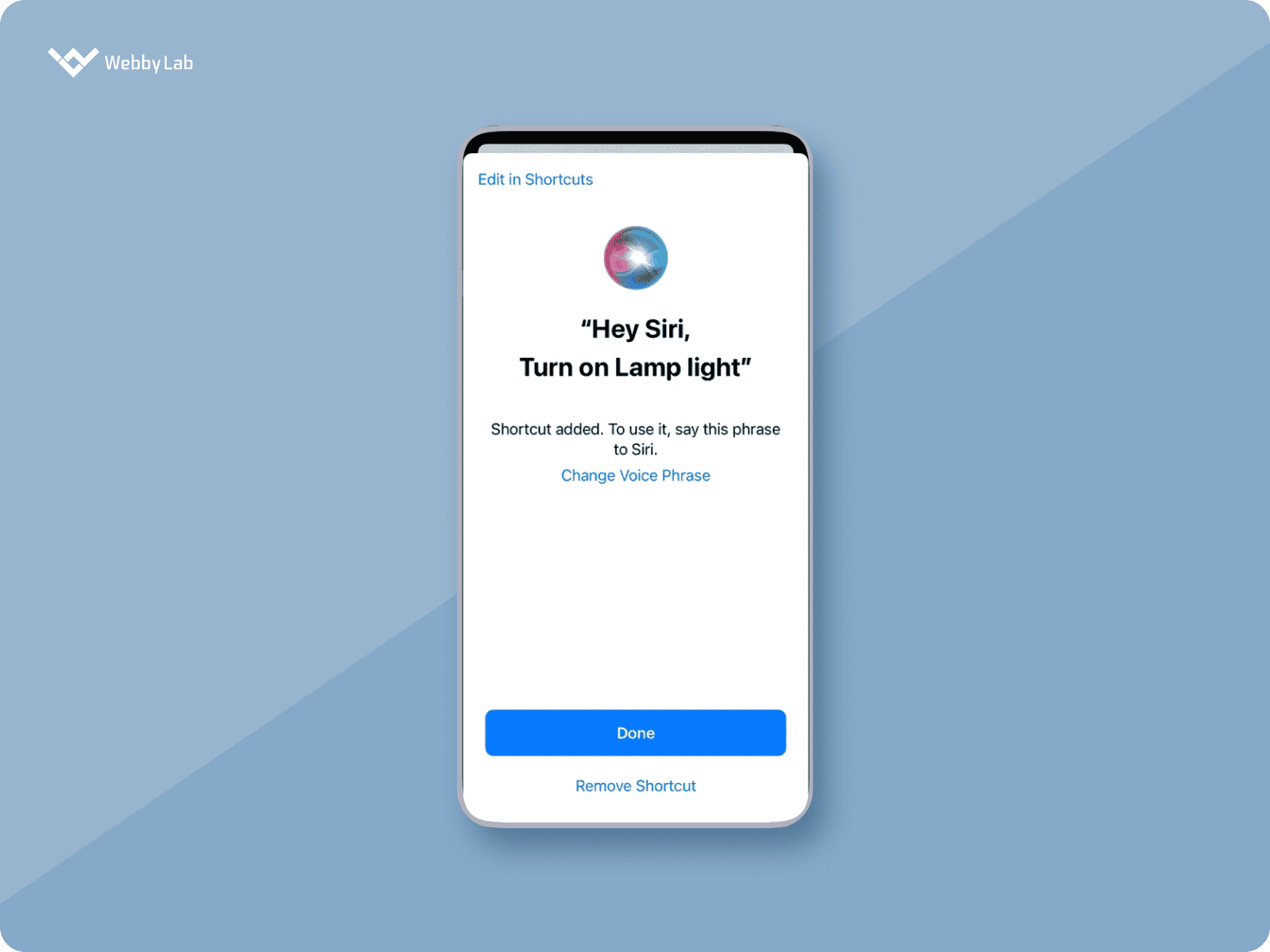Natural Language Processing (NLP): Can AI Understand Human Language?
Natural language processing (NLP) is the technology that allows software to understand and respond to human language — whether spoken or written. It typically powers chatbot, voice assistance, audio recognition, and other solutions.
NLP in AI helps dig into customer conversations — chat messages, emails, reviews, calls — to identify trends, sentiment, and intent. Using semantic analysis and neural network models, you can get a much clearer picture of what your customers want.
Customers usually ask about accuracy, multilingual support, and real-time performance. The key selling points? Hands-free automation, improved accessibility, and integration with business workflows.
It depends on complexity. A basic chatbot might take a few weeks, while fully customized AI models understand human conversations (including parsing, synthesis, and context retention) could take 2-9 months.
First, identify the goals and metrics you’ll be using to check the NLP model’s accuracy. Then, depending on your objectives, evaluate any of the following: word error rate, precision, recall, or semantic similarity scores.












